Your HVAC system keeps your home warm in two ways. It defaults to using a heat pump to heat your home without using much electricity. But when you need warmth fast, it’ll turn on auxiliary heat to deliver it.
This feature heats your home faster than a heat pump can. But it turns on automatically, which can be frustrating if you don’t want it on. As the temperature drops two to three degrees below the set temperature, many systems will signal for the auxiliary heat to come on.
Most thermostats won’t let you disable the auxiliary heat or change the trigger point. To deal with this, you can either upgrade your thermostat to a different model, or remove the AUX wire from the thermostat.
The easiest way to stop the auxiliary heat from coming on is making sure the temperature doesn’t drop too fast. You can do that by adding more insulation to your home and closing doors to rooms you aren’t using. Taking proper care of your HVAC system can also help.
But that’s just an overview of stopping AUX heat from coming on. Keep reading to get a closer look at this problem and what you can do to fix it.
The best ways to stop your auxiliary heat from coming on
If you have a traditional thermostat, It’s, unfortunately, not possible to manually shut off auxiliary heat on the thermostat. However, you can just disconnect the wire from the “W2” terminal on the thermostat when the outdoor air temperature is averaging 35°F and below.
Clearly, this is not a permanent fix. If you need to adjust the AUX heat trigger point, you will need to change your thermostat to a model that supports this functionality.
Basically, if you don’t let the temperature drop quickly in your house, it won’t come on. That’s why the best strategy for solving this problem is to focus on regulating the temperature in your home.
- Adding insulation to your house is a great first step. Things like weatherstripping and modern windows will help a lot. These help to trap more heat in your home.
- Allow the sun to warm rooms whenever possible. You may also want to consider using a space heater. This lets you keep your home warm without relying on auxiliary heating.
- Shutting doors to rooms you aren’t using is another good strategy. This will reduce the area your HVAC system was to warm. That will reduce how often it has to rely on auxiliary heat.
- Maintaining your HVAC system is also important. You should clean your filters every 30 days and have a professional look at it before winter. This will make your system more efficient, which will reduce how often it needs to use AUX heating.
My auxiliary heat keeps coming on – What causes the auxiliary heat to stay on?
When an HVAC system isn’t working properly, the auxiliary heat can stay on for longer than it’s needed. There are five main problems that can cause this.
Running out of refrigerant
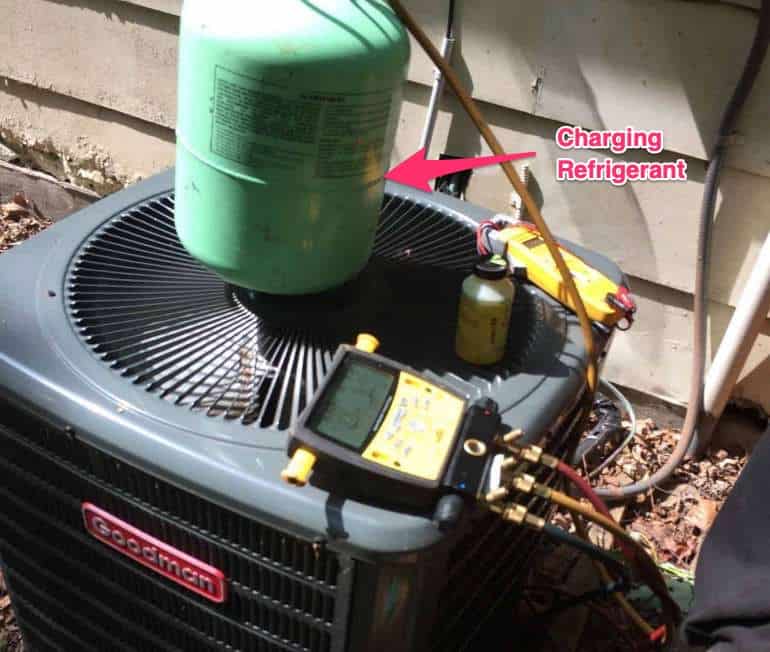
HVAC systems are designed so that this doesn’t ever happen. So if your system is running out of refrigerant, it’s because it most probably has a leak.
Issues with the condenser fan motor
Your condenser fan motor plays a crucial role in your HVAC system’s airflow. If it’s not working properly, the system becomes less efficient.
When that happens, it needs to rely on auxiliary heat more often. So sometimes cleaning your condenser fan motor or replacing it can solve the problem.
Faulty compressor
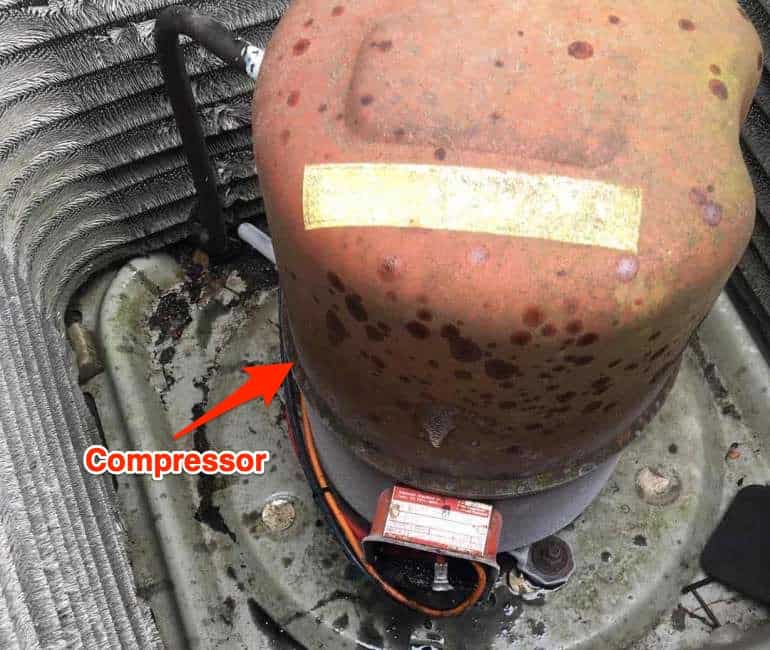
When it’s broken, the system will need to rely on AUX heat more often to warm your home.
Problems with the defrost control board
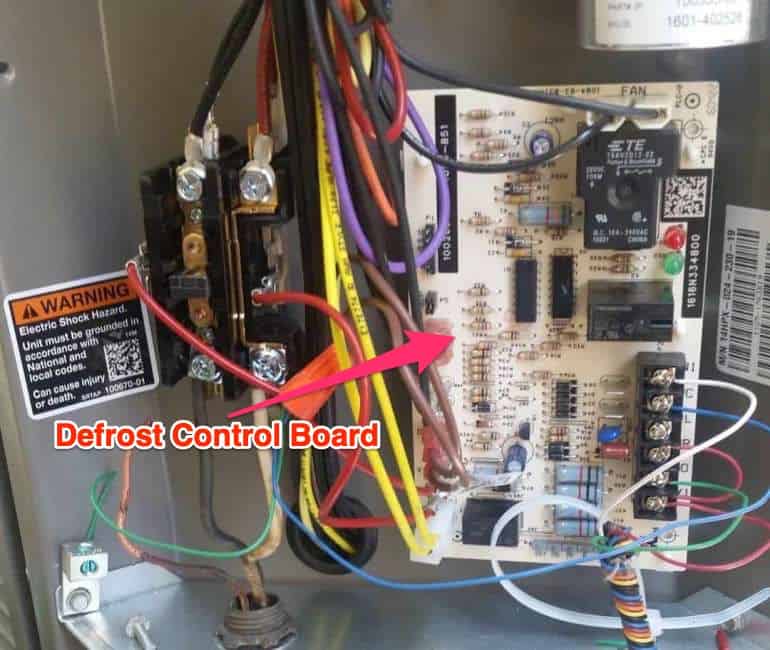
If your defrost control board isn’t working correctly, it may tell AUX heat to come on unnecessarily.
Additionally, a faulty defrost control board could allow frost to build up on your condenser. This reduces the effectiveness of your heat pump, which makes your auxiliary heat turn on more often.
Broken reversing valve
Your reversing valve changes the direction of refrigerant in your HVAC system. It’s what allows your system to both heat and cool your home.
When your reversing valve is broken, it could cause cold air to come out of your vents during winter. Auxiliary heat would then turn on to counteract this problem.
How long should you keep your auxiliary heat on?
Auxiliary heat only turns on when your home needs warmth fast. It should only remain on for as long as it takes your home to reach the temperature on your thermostat.
This shouldn’t take much longer than 30 minutes. And it won’t take nearly that long a lot of the time.
Unfortunately, using the auxiliary heat is significantly more expensive than using your heat pump. It may be more effective, but it comes with a specific cost that you might not be anticipating. If your heat pump for the auxiliary heat is always on, expect to see higher electric bills.
How to turn off auxiliary heat on a Honeywell thermostat?
There are several Honeywell thermostat models that let you change how long it takes for the auxiliary heat to come on. However, you can’t disable auxiliary heat.
Setting the thermostat for somewhere between sixty to sixty-eight degrees is all you should need to do to get the problem under control. It is best to maintain the temperature under eighty degrees to keep your Honeywell thermostat from switching to auxiliary heat.
Often, the auxiliary heat is coming on because the temperature in the home is set too high. Perhaps you feel most comfortable in the mid-seventies, but the air outside is dipping below freezing. Your outdoor heat pump is unlikely to be able to hold up under these demands. As a result, it will need some assistance from its partner, your auxiliary heating system.
Does every Honeywell Thermostat have auxiliary heat?
Not every Honeywell Thermostat has an auxiliary heating feature. This function is only really used in HVAC systems that rely on heat pumps. Not all Honeywell models use this type of technology.
For example, if you have a furnace or a boiler, you probably don’t have an auxiliary heating feature.
If you’re not sure if your system has one, you can check your thermostat to get the answer. You’ll see a light that says “AUX” if your system has auxiliary heat.
Here’s when it’s time to call a professional
Auxiliary heating is rarely ever necessary when outside temperatures are above 40°F. That’s because, above this temperature, heat pumps should be able to warm your home on their own.
If you notice your AUX heat turning on above 40°F, you likely have a problem with your system.
Also, when your auxiliary heat runs constantly for more than 30 minutes, and none of the below situations apply, it may be time to do some troubleshooting:
- If the heat pump is in defrost mode, you will need to make good use of your auxiliary heat.
- Another common scenario is when the thermostat calls for a three-degree temperature rise. By bumping your thermostat up three degrees, the auxiliary heat must kick on to catch up with your new demands.
Auxiliary heat vs. Emergency heat: The key difference you should know
Depending on the type of thermostat you have, you may see a setting for emergency heat. This lets you turn on auxiliary heating at will. But it changes the way your system works.
When you turn on emergency heat, it shuts off your heat pump completely. That means your HVAC system will only power your home with auxiliary heating.
You definitely don’t want that because it’s highly energy-inefficient. So you should only use emergency heat sparingly. And make sure you turn it off right after you’re done.
Does turning emergency heat on ever make sense?
Turning on emergency heat isn’t a good idea unless your heat pump stops working entirely. Otherwise, you’ll risk having a sky-high electric bill.
The reason for this is that the emergency heat setting changes how your HVAC system works. It turns it from an energy-efficient heat pump system into what amounts to an electric furnace.
Electric furnaces require much more power to function. So you shouldn’t use the emergency heat setting unless you have no other option for heating your home.
Even then, you should only use it until a repair person can come out to fix your heat pump. It’s not a long-term solution for warming your home.
How to avoid an AUX heat issue
AUX heating problems can be tough to fix. So once you do, you’ll want to take preventative steps to make sure it doesn’t happen again.
Here are the best strategies for avoiding auxiliary heating problems:
- Have your HVAC system professionally maintained every six months
- Clean your air filters every 30 days
- Clean the areas around your system consistently
- Make sure you’re not blocking vents and ducts
- What to Do if Your House Smells Like Gas but There’s No Leak - February 6, 2023
- Why Is There a Burning Smell Coming From My Vents? - August 16, 2022
- How to Remove the Musty Smell From Your Air Conditioner - August 16, 2022

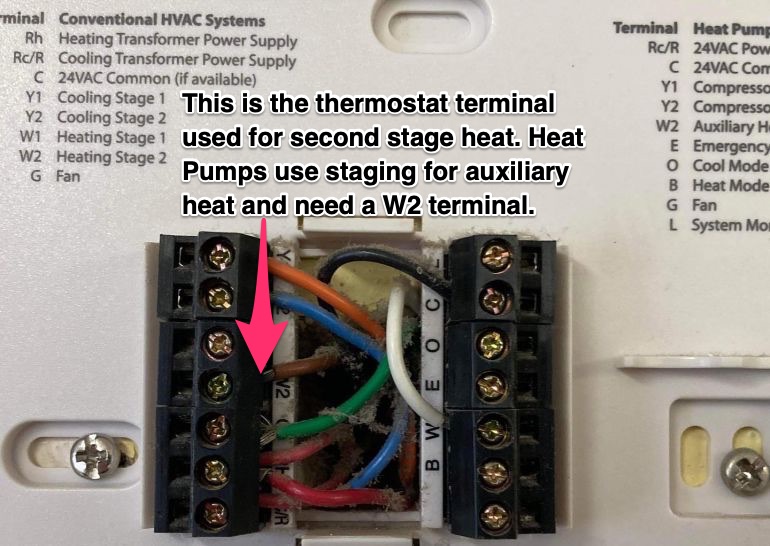
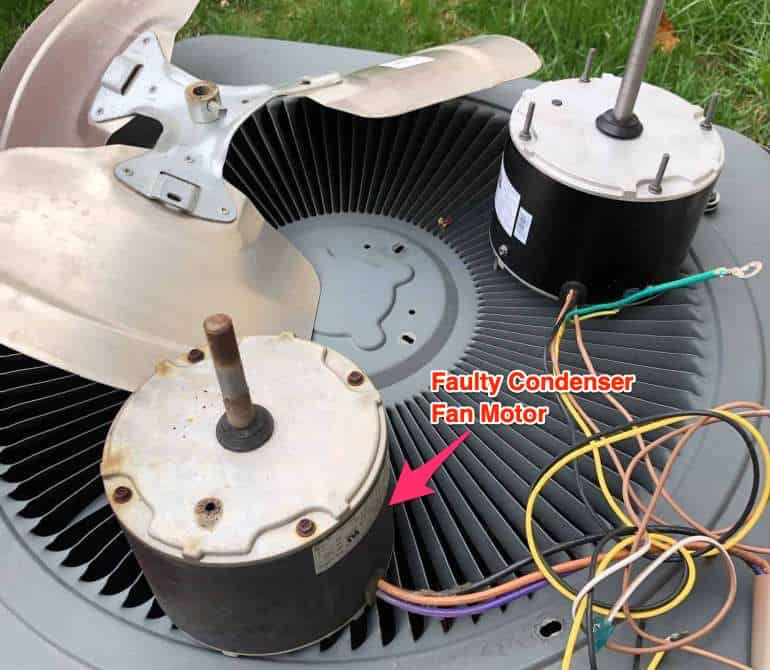

Allen
Friday 8th of January 2021
Hello. I am having an issue with my honeywell 3000 thermostat. It is my understanding that it should not kick into AUX heat unless the temperature setting is set 3 degrees or more above what the temp is reading on the screen. When it reads that the room temp is 70 degrees and I have the thermostat set at 70 degrees why does it kick into AUX heat? Is my thermostat shot? Thanks for any help you can give me. I do not have my switch set to Aux Heat.
Terry D Wilson
Saturday 21st of December 2024
@BG, your heat pump has a 5 minute delay this keeps from dumping liquid Freon into your compressor
BG
Saturday 26th of February 2022
@Terry, How is that working out? My heat pump seems to keep using Aux Heat and I'm not sure why. Replaced thermostat with still having an issue. Outside unit won't turn on unless I turn the breaker off then back on. It's not tripping the breaker but it seems to reset the unit then it starts working again for a few days. Maybe low refrigerant? Not sure, maybe its time to make a HVAC call.
Terry
Friday 4th of February 2022
@Allen,
I had my installer add a inhibit aux heat switch external to the thermostat. You add in control wiring between thermostat and air handler.
Best thing I ever did.
When reasonable I now run house at 74 with out fear of triggering aux heat at a cost of x4 in a geosetup.
I gave up on tweets to thermostat, they have a mind of their own....